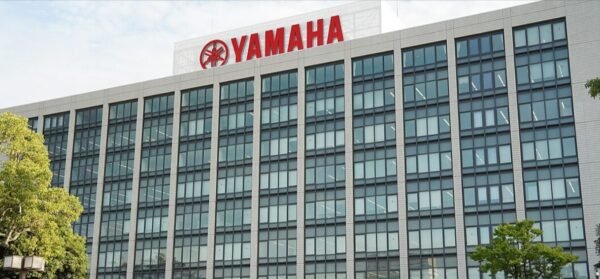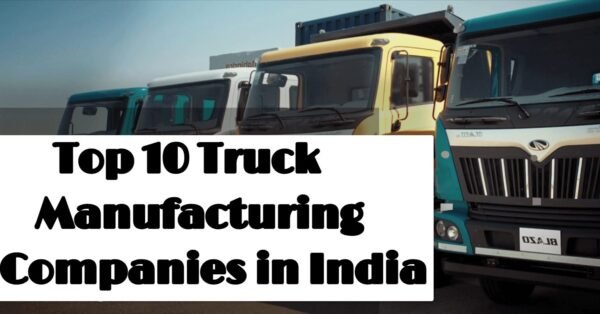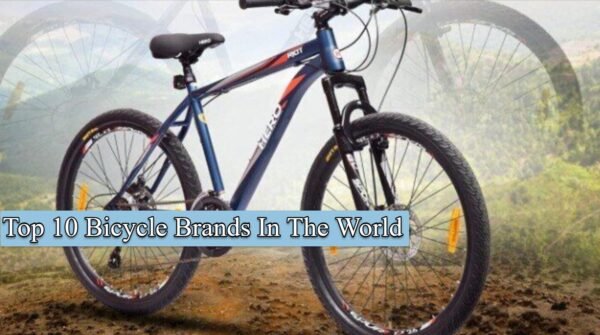In the mid-nineteenth century, the mechanisation of farming equipment led to a rapid change in the agricultural industry. Since then, more and more tools have been created, and there is now a huge range of equipment available to farmers, ideal for doing all sorts of wonderful tasks.
From the very humble tractor all the way up to high-tech combine harvesters, there is a tool for pretty much everything. But with so much equipment found on the farm, it can become quite confusing.
What is it, and what does it do?
Well, we’ve created this guide to explore just that. Below, we’re going to look at seven different uses of agri machinery, listing the different types of equipment that might be used.
What is agri machinery?
Before we dive in, let’s first establish what we mean by agri machinery. In a nutshell, agri machinery is any equipment used in the process of farming or other agricultural practices.
This could be everything from handheld tools all the way up to much larger machines like the aforementioned tractors. We’ll now look at the different uses of these tools.
1. As an attachment
There are lots of uses for agricultural equipment on the farm, but the main workhorse (not literal workhorse, of course) is the tractor. This is essentially the king amongst farm equipment.
The tractor can act as an attachment for lots of different equipment that can mechanise agricultural tasks. This includes tasks for field preparation and distribution. There are lots of different types of tractors out there, with different sizes and capacities. These can run at different speeds and take on different tasks.
2. Ploughing
Ploughs are used to turn over the soil, bringing a fresh layer to the surface. This is a practice that has been done for over 4,000 years and is a timeless technique used to prepare fields for planting crops.
As with tractors, there are different types of ploughs used to do this, and these are typically attached to the back of a tractor. For example, there are ridge, moldboard, disk and rotary ploughs. These have a range of different functions, from generic to more specialised techniques, but no matter which you use, this is a crucial part of preparing the land.
3. Harrowing
Ploughing is not the end of preparing the land, and more needs to be done to get it ready for planting. A harrow is used to break and stir up the soil even further to ensure more consistency. It is important for lifting vegetation and levelling out molehills.
This also allows for better air movement through the soil, which can help it breathe and improves water infiltration. This can help to reduce disease by exposing any fungi or bacteria to sunlight.
Again, there are several different types of harrows out there for the job. At least four different types, in fact.
4. Spreading
Sowing and fertilising huge fields by hand is not feasible. Therefore, equipment has been designed to take on this labour-intensive task instead. There are different tools that can be used for these jobs, including broadcast spreaders which are used to distribute seeds, fertilisers, pesticides and other products in the field.
Then, of course, there is muck spreading which requires yet more equipment – a manure spreader. This can be a self-propelled spreader or attachment that is put on the back of a tractor.
5. Harvesting
Handpicking fruit, vegetables and crops is all well and good in a small garden or allotment, but this is just not possible on large farms or acres of land. When the time comes for the farmer to reap the fruits of their labour, they need the perfect tool to help with the harvesting process.
One of the most recognisable pieces of agri machinery is the combine harvester. This is often used for gathering crops like rice or wheat. Other more specific types of harvesters can also be used depending on what the farmer is gathering; typically these are used for picking food other than grains.
6. Irrigation
Irrigation systems are so important in agriculture as they allow farmers to grow better crops more consistently. This is particularly important in drier areas or sparse locations with less rainfall. It is a massive part of creating reliable food supplies.
Irrigation systems are used to divert water from sources, transport water to specific places and measure and regulate water. But doing this requires carefully prepared systems and, of course, machinery. Some of the key irrigation equipment includes reels, irrigation guns, sprinklers and pumps.
7. For clearing land
Finally, agri machinery plays a big role in clearing land. If a farmer, or anyone for that matter, intends to build on land or use it for agricultural purposes, this must first be cleared and prepared for building on.
This could include the clearing of trees, shrubs, bushes, boulders, old buildings and more. As you can imagine, this requires a variety of different tools and equipment, depending on the job at hand. Some of the equipment that might be used in this scenarios includes:
- Excavators – These are often used in agriculture for clearing larger-scale pieces of land, for digging and removing debris
- Tree shears – These are used to cut and move large trees, making it much easier to cut these safely and manage the logs as they are moved
- Stump grinders – Cutting down trees is one thing, but removing large, deeply rooted stumps is another. Stump grinders are then needed to remove these completely
- Brush mowers – Used for taller vegetation, overgrown grass, weeds, brush and more, brush mowers are used instead of lawn mowers or strimmers to get clear overgrown spaces
- Mulchers – Mulchers go over the ground and mulch/grind-up vegetation as it goes
- Strimmers – These can also be used to trim heavier-duty brush, shrubs and weeds
- Bulldozers – For bigger jobs, bulldozers can push, dig and level earth. Different blades can also be attached for scraping and levelling if needed
- Skid steer loaders – Skid steers are most commonly used to pick up and transfer dirt, rocks and other debris



